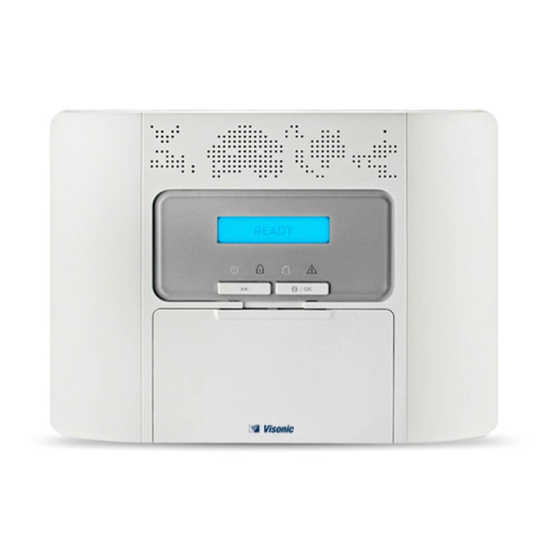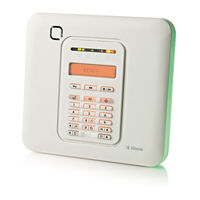
Visonic PowerMaster-30 G2 Manuals
Manuals and User Guides for Visonic PowerMaster-30 G2. We have 8 Visonic PowerMaster-30 G2 manuals available for free PDF download: Quick User Manual, Installer's Manual, User Manual, Brochure & Specs, Installation Instructions
Visonic PowerMaster-30 G2 Quick User Manual (96 pages)
Version 17
Brand: Visonic
|
Category: Security System
|
Size: 3.92 MB
Table of Contents
Advertisement
Visonic PowerMaster-30 G2 Installer's Manual (82 pages)
Fully supervised wireless alarm control system
Brand: Visonic
|
Category: Security System
|
Size: 3.62 MB
Table of Contents
Visonic PowerMaster-30 G2 User Manual (78 pages)
Brand: Visonic
|
Category: Control Systems
|
Size: 1.78 MB
Table of Contents
Advertisement
Visonic PowerMaster-30 G2 User Manual (77 pages)
Wireless alarm control system
Brand: Visonic
|
Category: Control Systems
|
Size: 1.64 MB
Table of Contents
Visonic PowerMaster-30 G2 User Manual (62 pages)
Fully supervised wireless alarm control system
Brand: Visonic
|
Category: Security System
|
Size: 1.77 MB
Table of Contents
Visonic PowerMaster-30 G2 Installer's Manual (16 pages)
Brand: Visonic
|
Category: Control Panel
|
Size: 0.35 MB
Visonic PowerMaster-30 G2 Brochure & Specs (8 pages)
PowerMaster Interactive is an interactive security system
Brand: Visonic
|
Category: Security System
|
Size: 1.84 MB
Visonic PowerMaster-30 G2 Installation Instructions (4 pages)
Interface Module
Brand: Visonic
|
Category: Control Unit
|
Size: 0.96 MB







